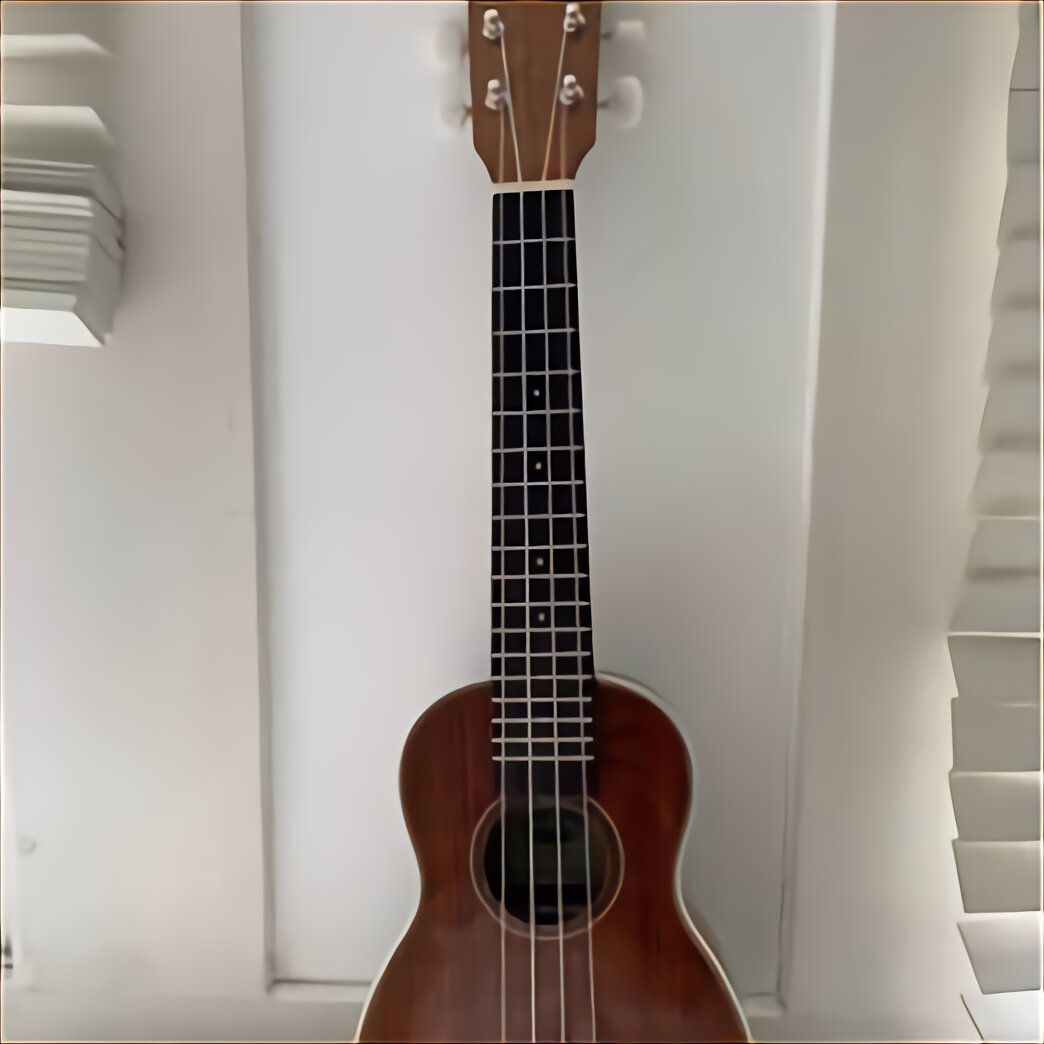Ukulele Lesson - Compose Your Own Melodies
Ukulele Lesson - Compose Your Own Melodies
Blog Article

The ukulele is a very interesting and beautiful instrument. It comes in a variety of shapes and sizes. The typical ukulele most people think of is the four string, tenor ukulele. It is tuned GCEA.
Every note to play in the chord is notated with two numbers. The first number tells you which fret to press down and the next number indicates the string. 31 Ukulele for sale in uk example means, press down the third fret on the first string. 04 means that you play the open fourth string, that is, without pressing down a fret.
U: Ukulele Air Band: Here's your chance to perform in a wild Rock and Roll Band! Pretend you have a ukulele, an accordion or a bass guitar. Now start singing and playing that instrument in your Air Band concert. Get moving and jump up and down while playing so you work up a sweat!
There is also a need for beginners to play more 'jazzy' chords. Often they are too intimidated to tackle these chords. However, they can often be easier to play than the standard chords. So, in this article I'll be going through a number of chords that use only one finger to play them and even two chords that require no fingers at all.
The names of the chords we will play are dependent upon the Ukulele for sale in uk tuning of the uke. In this Ukulele lesson we will use the common tuning in C. This means that the first string of the ukukule is tuned to A. The first string of your uke is the bottom string when you play.
Actually you can play this melody with the use of the above Ukulele for sale tab notation on a guitar also. The first three strings are tuned the same way but not in the same pitch.
M: Muddy Movements: It's easy to just walk across a room. How would you move if the ground was covered with thick, wet mud? What if you had to walk through Jell-O? Try moving through a room of pretend peanut butter. Now move as if you had glowing lava under your feet!
The best way to pick up on these chord variations is to listen to the melody. It's often easier to work out single notes than it is full chords. If you can figure out how to play the melody, all the better. Melody notes are often picked up on in the chords. So if you can find these notes, they will help you find those subtle chord variations.